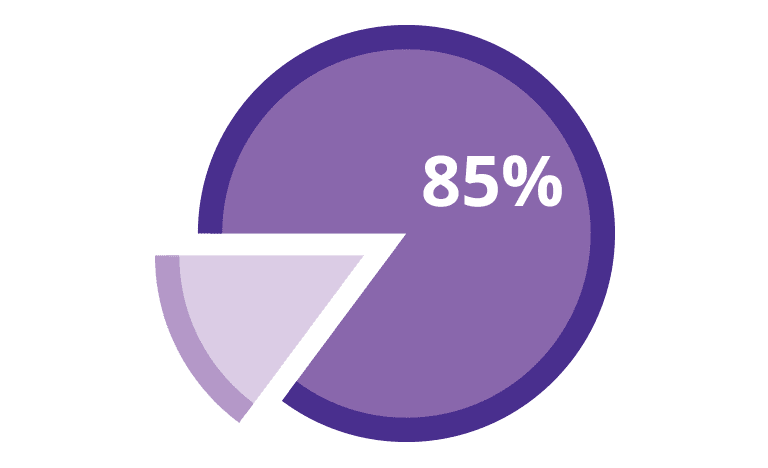We sometimes hear "I don't need to worry about my child, they spend all their time in their room." It can be easy to have a false sense of security when a child spends lots of time at home, but that child could be interacting frequently online with people they do not know.
The reality is that traffickers hang out wherever young people are. So it's no wonder they increasingly find victims online, through social media, gaming sites and chat rooms.
Why online luring is increasing
- It's easy to find personal details – traffickers don't have to ask or fish for information that's already been shared online.
- It’s easy to develop bonds over social media, chat rooms and gaming sites where people share common interests and concerns such as weight, substance use or issues at home and school.
- It's easy to identify vulnerabilities when teens share posts or messages about how they hate their bodies or had a fight with their parents.
- It’s easy for traffickers to create trustworthy profiles. They can be Jane or John, 17 or 47. It's impossible to tell.
- Online traffickers can control the pace of each relationship and nurture multiple relationships at once.
Online habits: research with teen girls across Canada
We wanted to understand the attitudes and behaviours that put teen girls at risk of sex trafficking in Canada. So in 2018, Covenant House and Ipsos Public Affairs conducted a national research study with girls aged 12 to 16.
Here is what the survey reported:






